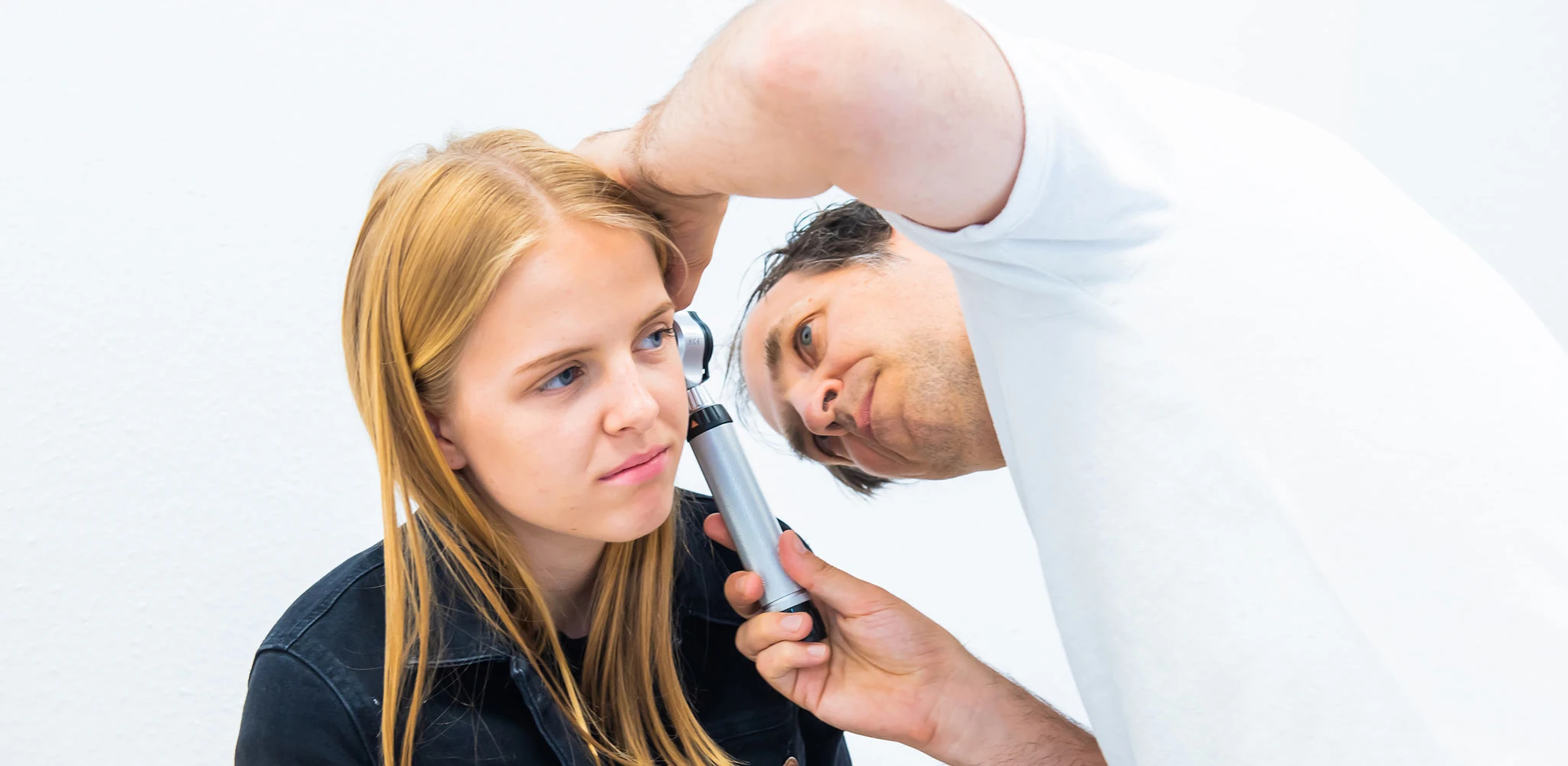What to do if you have a rash?
CopyPublishWe paediatricians spend half our day looking at rashes. This is because they often cause great concern among parents and carers, especially with regard to the supposed risk of infection.
As is so often the case, it is important to differentiate between rashes. A rash that is accompanied by symptoms such as fever, itching or fatigue should be clarified by a doctor. Nowadays, it is often enough to send a few photos of the rash with a short text to the practice by email.
However, a post- or paraviral rash is most common in children. This is a rash that occurs when a viral infection has (usually) already subsided. There is a very nice saying: The rash is the dawn of recovery. This means that if the child has had a fever for two or three days, is feeling better and then the rash appears, this is an unmistakable sign that the infection is healing. It is also very often the case that the child is fighting off an infection and you don't even realise that it is ill - but this then becomes noticeable via the skin in the form of a rash.
In all these cases - in which the child does not have a fever (any more), does not complain of itching and appears generally unimpaired and fit - a rash is nothing to worry about at first. You can wait and see if it disappears on its own.
Once again, in a nutshell: If your child shows symptoms in addition to the rash, especially if it appears ill and has a fever, then please have it looked at or consult your paediatrician. Otherwise, don't panic and remember that recovery often begins with the rash.
Further interesting tips
Antibiotics
CopyPublishAntibiotics can be great medicines, no question about it. But I maintain that they are still prescribed far too often and far too quickly. Here's some basic information to help you get a feel for when it's necessary.
Bark/ground lichen
A small and also a little bit disgusting clinical picture, which does not occur so rarely, is bark lichen. How do you recognise it and how is it treated?
Fetal alcohol spectrum disorder
A serious and stressful topic: foetal alcohol spectrum disorders, i.e. disorders caused in the foetus by alcohol consumption during pregnancy.
